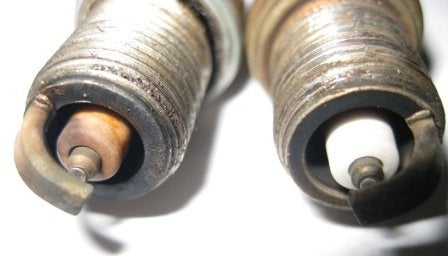That makes perfect sense
So assuming below is correct, how safe is it to drive and how long can I drive it without repairs, a approx how much to fix
Doesn't sound good IMHO
I paid mechanic $5k before picking up car to fix all known problems
I still love the car but bummed
So assuming below is correct, how safe is it to drive and how long can I drive it without repairs, a approx how much to fix
Doesn't sound good IMHO
I paid mechanic $5k before picking up car to fix all known problems
I still love the car but bummed
It almost seems like you could have both - worn valves and a cracked head or head gasket - I had this symptom on my first coupe - the reason it stops smoking after it warms up is that the crack seals shut from the metal expansion and opens back up after it cools back down. If you're losing coolant and it's not leaking out then it's being burned in the cylinder. In the morning while it is smoking a lot put a paper towel in the way of the steam until damp - then see if smells like coolant.





